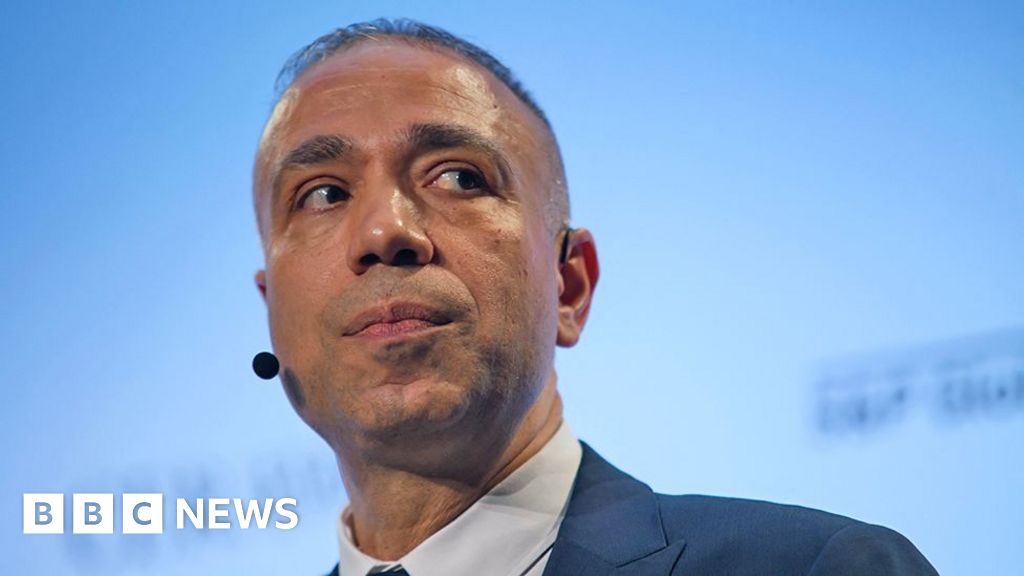ROME: Italy's ruling coalition was divided on Tuesday over the approval of new curbs on costly incentives for home renovations, with the moderate Forza Italia party refusing to back the Treasury plan, saying it would harm banks and business.
The government of Prime Minister Giorgia
Meloni
failed to curtail the incentives passed under previous successive administrations, which have cost the state more than 219 billion euros ($236.39 billion) in less than four years and have placed a heavy burden on Italy's creaking finances.
The most generous incentive, the so-called Superbonus, allowed homeowners to deduct the cost of energy-saving work from their taxes over a four-10 year period, or use the tax credit as a form of payment when dealing with builders or banks.
Under a plan championed by Economy Minister Giancarlo Giorgetti, a leading figure in the co-ruling League party, the impact of
tax credits
stemming from the Superbonus scheme would be spread over 10 years. The provision retroactively applies to payments incurred since January.
Foreign Minister Antonio Tajani, leader of Forza Italia, is pushing to ease the curbs and said his party would not back the plan if Giorgetti refused to change it.
"Without changes, our party will vote against," Tajani said.
As a crucial vote to renew the European Union parliament scheduled for June looms, Tajani is seen siding with business and banks which have complained the retroactive nature of the plan could devalue part of the tax credits they had already taken as payment.
The amendment also rules that lenders who have bought tax credits will have to use them to cut their tax bills over six years from 2025 onwards. The measure does not apply to banks that have purchased credits at 75% of their face value or more.
Moreover, starting from next January, banks and insurance and financial service companies will no longer be allowed to use tax credits to offset payments of social security contributions.
The new curbs are designed to allow Italy to restore its stricter deficit targets for the next two years, which were set in September.
At the time, the government promised to cut the fiscal gap to 3.6% of GDP in 2025 from 4.3% this year, and to 2.9% in 2026. Under current trends, the deficit is seen by the Treasury slightly higher at 3.7% next year and 3% in 2026.

 5 months ago
16
5 months ago
16









